Right O' C-Bag...RMS Vs Peak or Brake Vs 550LBS/1ft/1sec...Nominal Vs What Is. All will drive you crazy. BTW thanks for the wizard comment but I'm still practicing!
The more I think about this some testing and fingering needs to go on. Hate for Jere to do all this work for Naught! Pulley may be the better way but it's all figurable and testable. With Pulley though it would be usable as a wood and Metal saw I believe but its also about respecting the age and dignity of this fine old machine! ~PJ


 LinkBack URL
LinkBack URL About LinkBacks
About LinkBacks




 Reply With Quote
Reply With Quote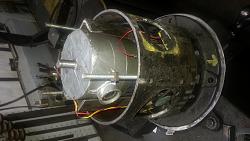
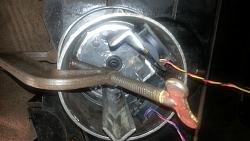


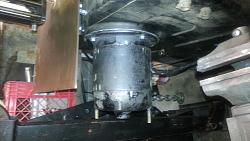
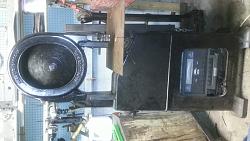
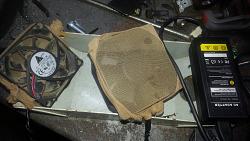
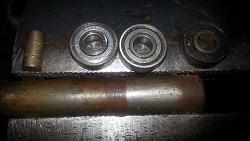
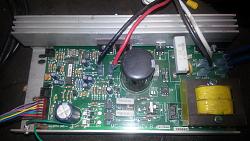
 Are you considering cutting the PWA like the guy in the video intended? Interesting he had no further videos than the 2 on the subject...wonder if it was a multi-layer board (instead of 2) and ruined the board¿ Cutting traces is one thing but the board isn't that big and shouldn't hurt to leave everything else unhooked.
Are you considering cutting the PWA like the guy in the video intended? Interesting he had no further videos than the 2 on the subject...wonder if it was a multi-layer board (instead of 2) and ruined the board¿ Cutting traces is one thing but the board isn't that big and shouldn't hurt to leave everything else unhooked. 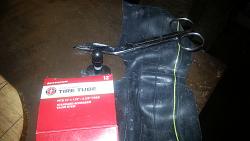
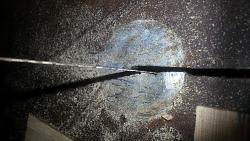
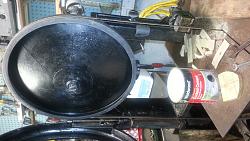



Bookmarks